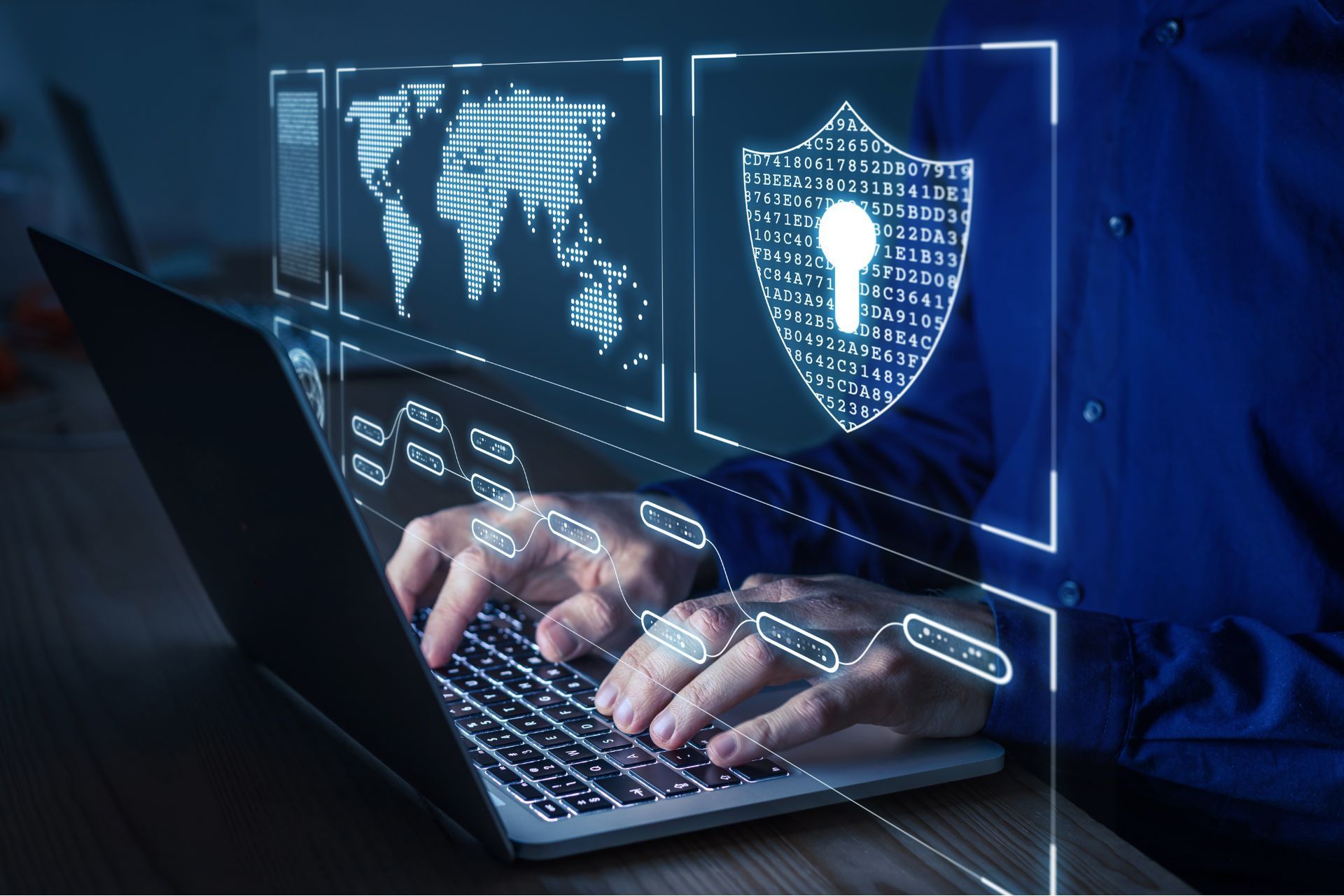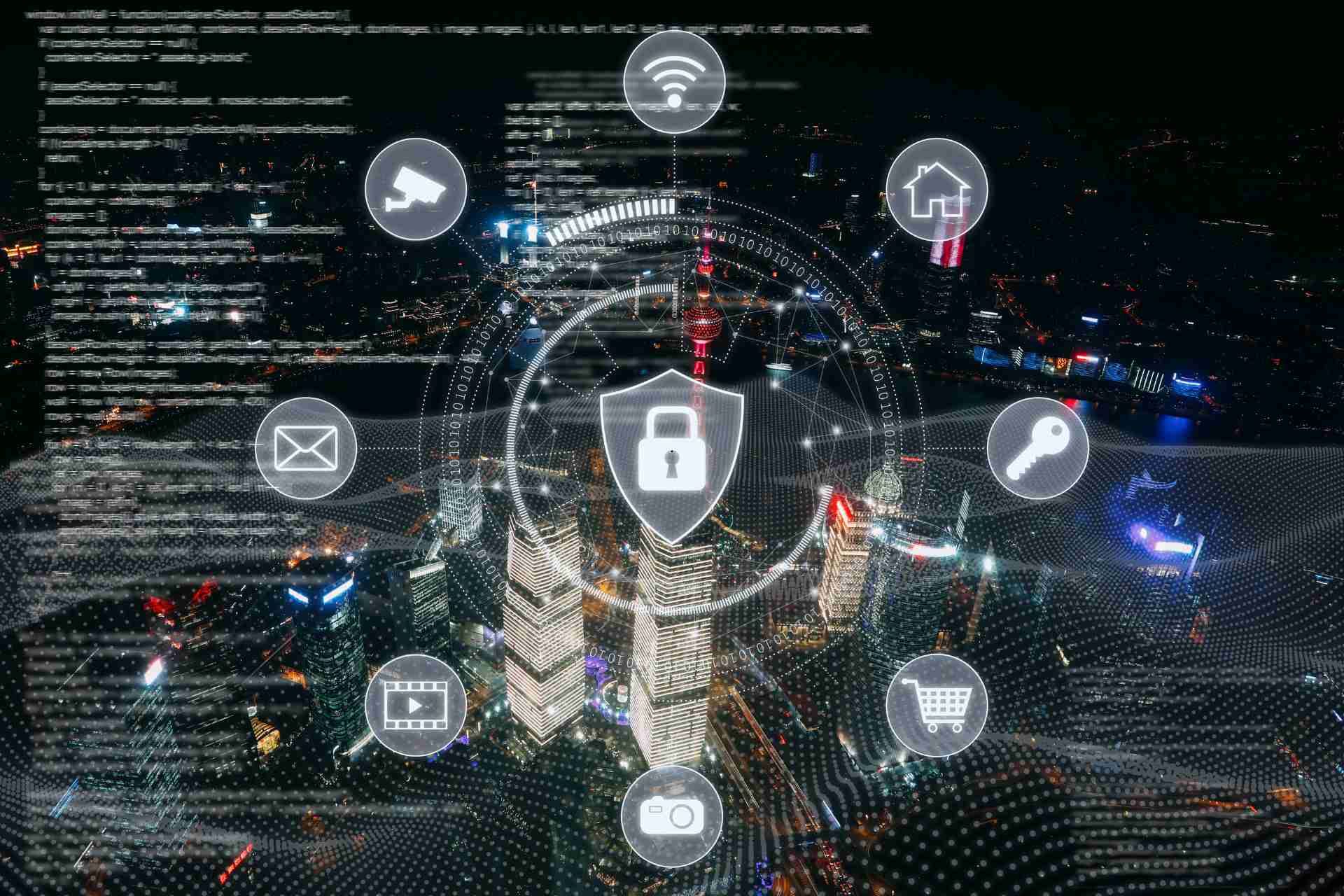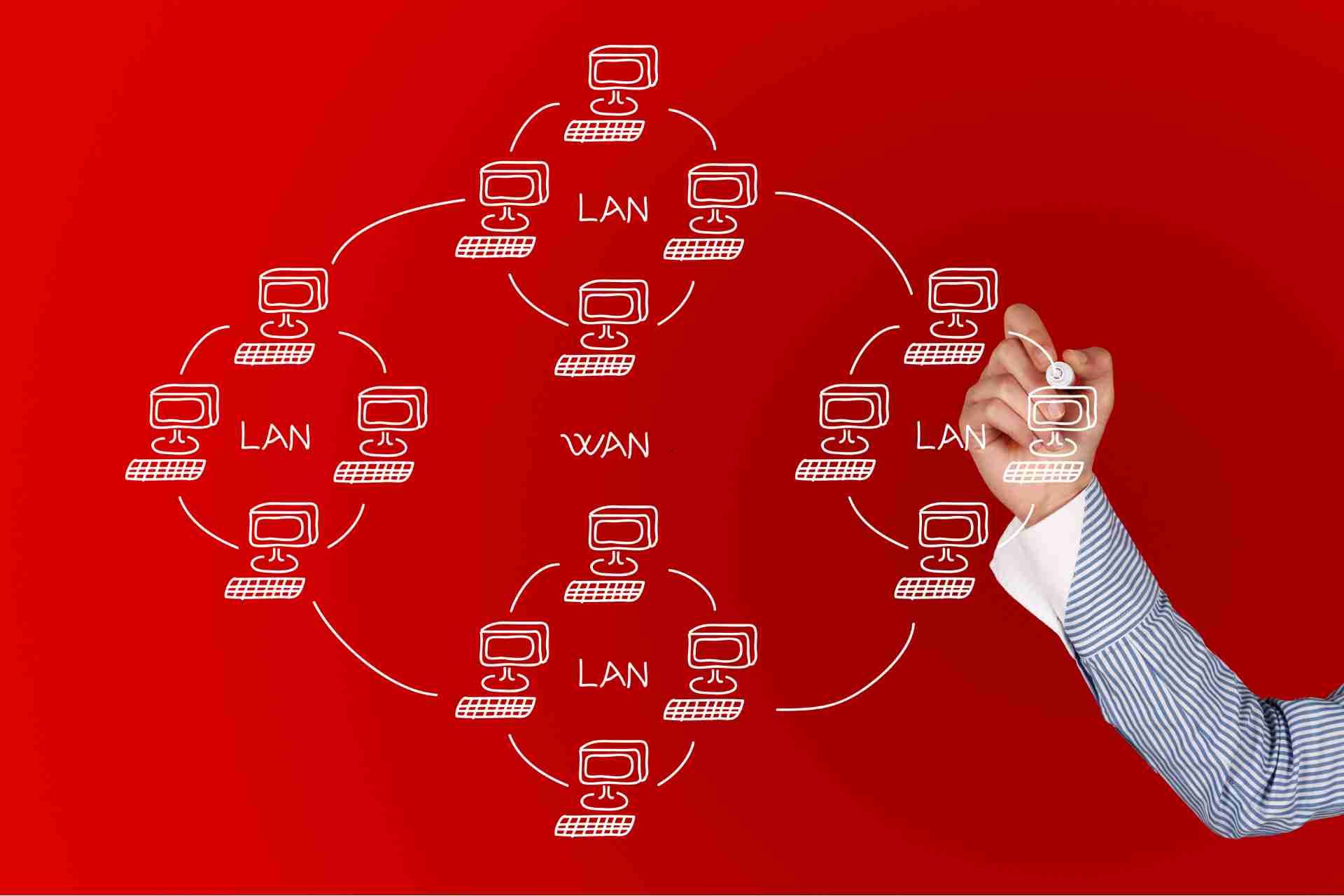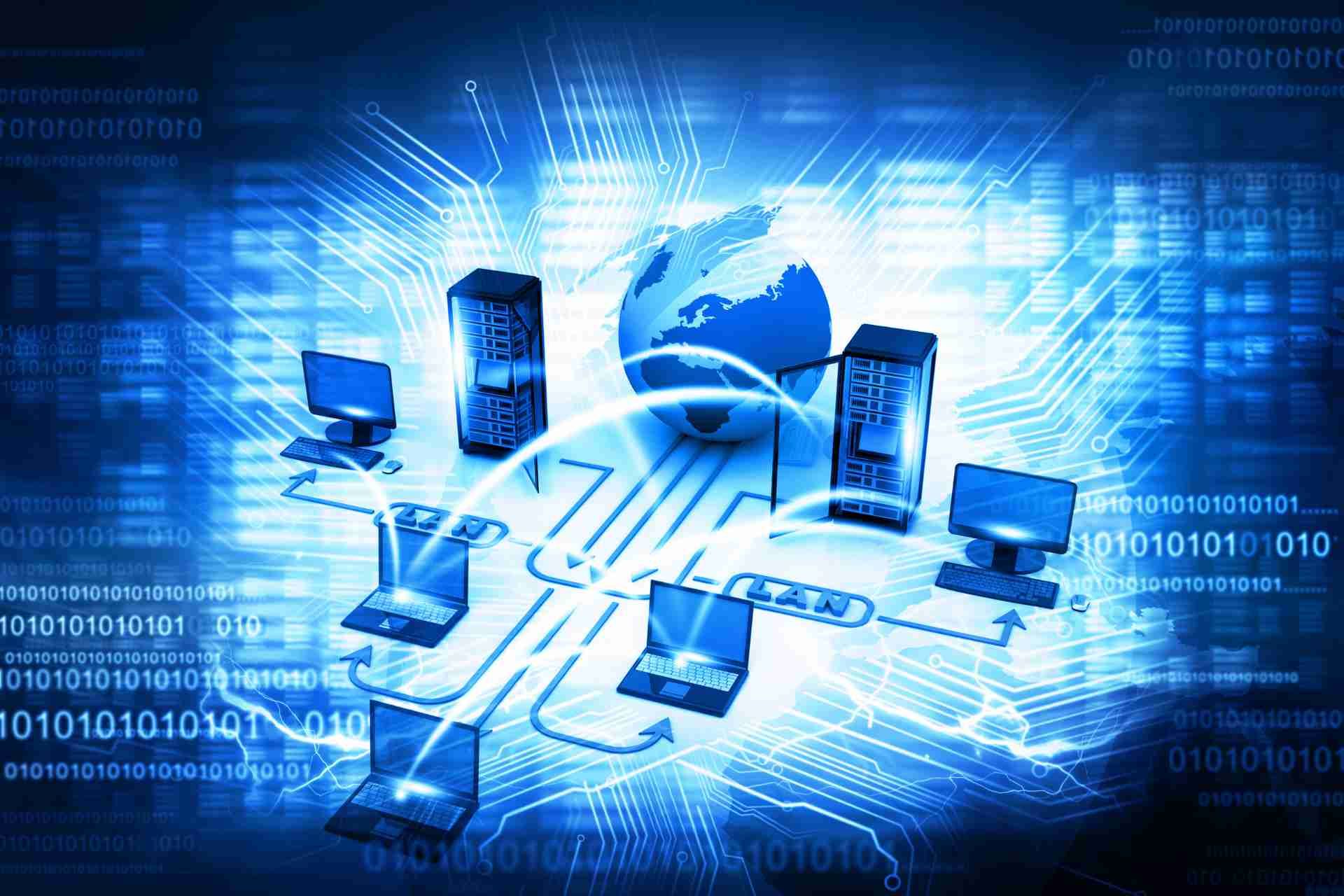Why Cyber Security Matters

that come with it. Cyber security is no longer just a concern for large corporations or government entities; it is an essential aspect of everyday life for individuals, small businesses, and organizations of all sizes.
Cyber security is a topic that should be at the forefront of everyone's minds in today's digital age. With the increasing reliance on technology and the internet for everyday tasks, it is more important than ever to protect ourselves and our information from cyber threats.
This article explores why cyber security matters and how it impacts various aspects of our digital lives.
What is Cybersecurity?
Cybersecurity refers to the practice of protecting computers, networks, and data from unauthorized access, cyber attacks, and other security breaches. It encompasses a range of measures and technologies designed to safeguard digital information and ensure the confidentiality, integrity, and availability of data.
Types of Cybersecurity threats
1. Malware
Malware is a type of malicious software designed to damage or gain unauthorized access to a computer or network. Common types of malware include viruses, worms, Trojan horses, ransomware, and spyware. Malware can be spread through email attachments, malicious websites, or infected USB drives.
2. Phishing
Phishing is a type of cyber attack that attempts to deceive individuals into providing sensitive information, such as passwords or credit card numbers. Phishing attacks often involve fraudulent emails or websites that mimic legitimate organizations in order to trick users into disclosing their personal information.
3. DDoS Attacks
Distributed Denial of Service (DDoS) attacks involve overwhelming a network or website with a flood of traffic in order to disrupt service and make it unavailable to legitimate users. DDoS attacks can be launched by using botnets, which are networks of infected computers controlled by cyber criminals.
4. Insider Threats
Insider threats occur when employees or contractors intentionally or unintentionally compromise the security of an organization. This can include stealing sensitive information, installing malware, or providing unauthorized access to attackers.
5. Ransomware
Ransomware is a type of malware that encrypts a user's files and demands a ransom in exchange for the decryption key. Ransomware attacks have become increasingly common, with cyber criminals targeting individuals and organizations of all sizes.
6. IoT Vulnerabilities
The Internet of Things (IoT) refers to the network of interconnected devices, such as smart home appliances and wearable technology. These devices often have security vulnerabilities that can be exploited by attackers to gain access to a network or gather sensitive information.
7. Social Engineering
Social engineering attacks involve manipulating individuals into revealing confidential information through psychological manipulation. This can include pretexting, phishing, or impersonation in order to trick individuals into disclosing their personal information.
Why Cyber Security Matters?
The Growing Threat Landscape
The cyber threat landscape has grown exponentially in recent years. Cybercriminals are becoming more sophisticated, utilizing advanced techniques to exploit vulnerabilities. According to a report by Cybersecurity Ventures, cybercrime is expected to cost the world $10.5 trillion annually by 2025, up from $3 trillion in 2015. This staggering figure highlights the urgent need for robust cybersecurity measures.
Protecting Personal Information
In the digital age, personal information is more valuable than ever. From social security numbers and bank account details to medical records and social media profiles, our data is constantly at risk. Cybersecurity measures such as encryption, multi-factor authentication, and secure browsing are essential to protect this sensitive information from falling into the wrong hands.
Safeguarding Financial Assets
Financial institutions are prime targets for cybercriminals. A successful cyber attack on a bank or financial service provider can lead to significant financial losses and undermine customer trust. Strong cybersecurity protocols, including regular security audits, firewalls, and intrusion detection systems, are critical in safeguarding financial assets and ensuring the integrity of financial transactions.
Ensuring Business Continuity
For businesses, a cyber attack can be devastating. It can lead to data breaches, operational disruptions, and financial losses. In some cases, the damage can be so severe that it forces businesses to shut down permanently. Implementing comprehensive cybersecurity strategies helps businesses protect their data, maintain operational continuity, and avoid costly downtime.
Protecting Intellectual Property
Intellectual property (IP) is a valuable asset for many organizations. Whether it's proprietary software, innovative products, or unique business processes, IP must be protected from cyber threats. Cybersecurity measures such as access controls, data encryption, and regular security assessments help prevent unauthorized access and theft of intellectual property.
Safeguarding National Security
Cybersecurity is also a matter of national security. Government agencies and critical infrastructure, such as power grids, water supply systems, and transportation networks, are prime targets for cyber attacks. A successful attack on these systems can have catastrophic consequences, affecting public safety and national security. Governments must invest in advanced cybersecurity technologies and collaborate with private sectors to protect critical infrastructure.
Protecting Against Identity Theft
Identity theft is a growing concern in the digital age. Cybercriminals can steal personal information to commit fraud, open fraudulent accounts, and conduct illegal activities. Cybersecurity measures like identity verification, fraud detection systems, and secure password practices are essential to protect individuals from identity theft.
Enhancing Customer Trust
For businesses, customer trust is paramount. Customers expect their personal and financial information to be secure when interacting with businesses online. A robust cybersecurity posture helps businesses build and maintain customer trust by demonstrating their commitment to protecting customer data and privacy.
Promoting Innovation and Growth
Innovation and growth in the digital economy depend on a secure and trustworthy environment. Cybersecurity enables businesses to innovate and adopt new technologies without compromising security. By prioritizing cybersecurity, organizations can create a safe digital space that fosters innovation and drives economic growth.
The Role of Education and Awareness
Education and awareness play a crucial role in cybersecurity. Individuals and organizations must be aware of the potential threats and how to mitigate them. Regular training, awareness campaigns, and staying informed about the latest cybersecurity trends are essential in building a strong security culture.
Conclusion
Cybersecurity is a critical component of our digital world. As technology continues to advance, so do the threats we face. By prioritizing cybersecurity, we can protect personal information, safeguard financial assets, ensure business continuity, and maintain national security. It is a collective effort that requires individuals, businesses, and governments to work together to create a secure digital environment. Cybersecurity matters now more than ever, and it is our responsibility to stay vigilant and proactive in protecting our digital lives.












